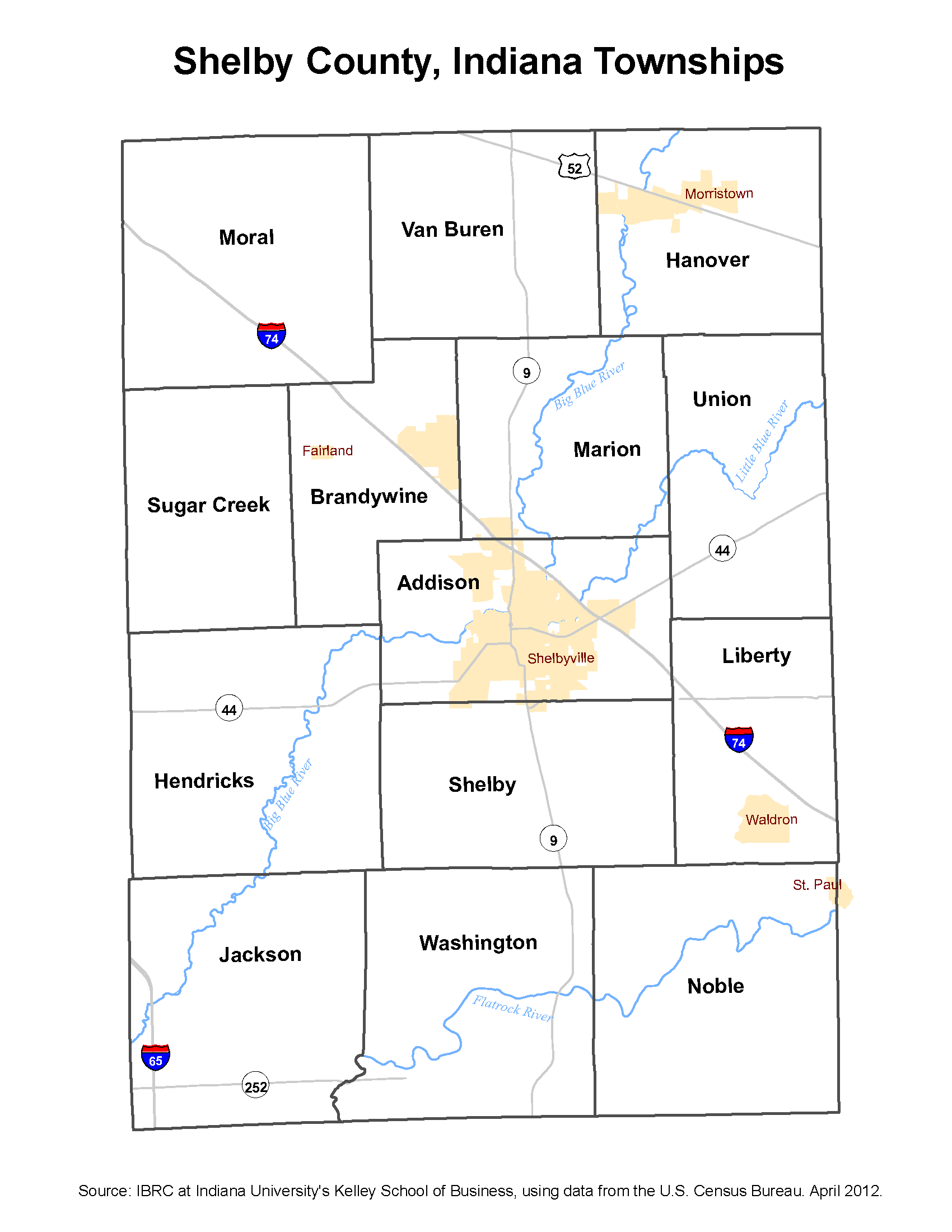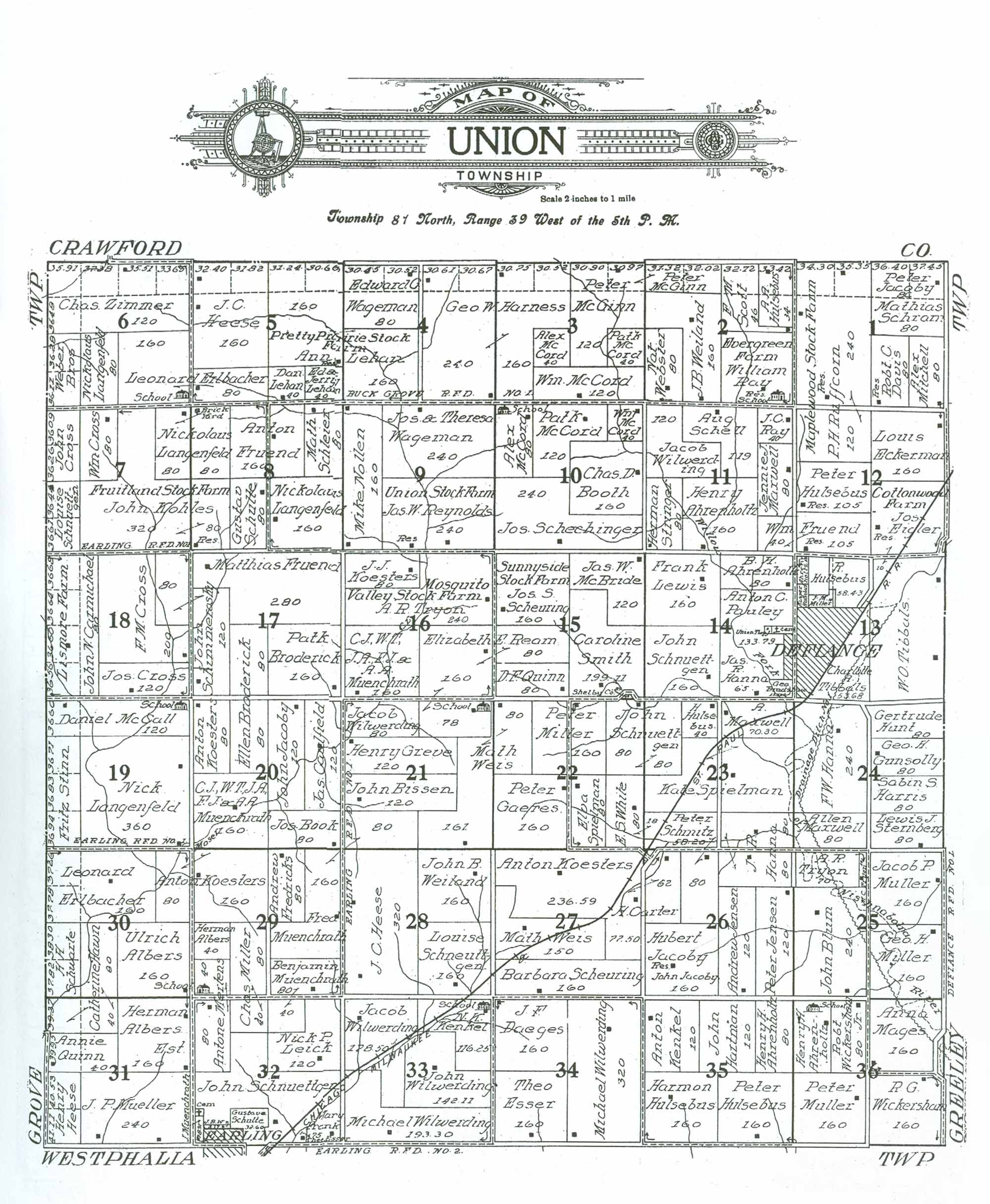

Two buildings eventually existed as part of Shelby School # 6. The School District, users of the building for 53 years, became the sole owner upon payment of $400 to the Literary Society. The building burned in 1880 and was replaced.ĭuring 1890, an ownership controversy developed between the Disco Literary Society and the Shelby School District. It was renamed the Disco Academy in 1855. The purpose of the facility was to prepare young men as teachers. Keeler was principal, a post he held until 1864. A two-story school opened in 1850 as the Macomb County High School. The school had 10 acres of land and $1,000 set aside to become a place of higher learning.


Issac Monfort, Chauncey Church and John Noyes were encouraged by the success of the Romeo Academy. Disco was the halfway stagecoach stop on the Concord Coach Line carrying mail and passengers from Royal Oak to Almont. The principal industries were a wooden bowl factory, feed mill, cider mill and a planing mill.ĭisco had daily mail with Mrs. The name "Disco" has two possible derivations, from the Latin "Discare" to learn or an abbreviation for District of Columbia.ĭisco consisted of two general stores, three wagon shops, two blacksmith shops, one harness shop, one paint shop, and the "Halfway House" hotel. The village of Disco was platted in 1849 at the intersection of 24 Mile Road, known as Whiskey Road, and Van Dyke Ave. They referred to this area between Mound and Jewell roads and 23 Mile and 25 Mile roads as "Utica Plains." In the early 1830s, settlers mostly from New York cleared land and built log cabins on the corners of Shelby Township sections 9, 10, 15 and 16. Parks, Recreation and Maintenance Department Catalog.


 0 kommentar(er)
0 kommentar(er)
